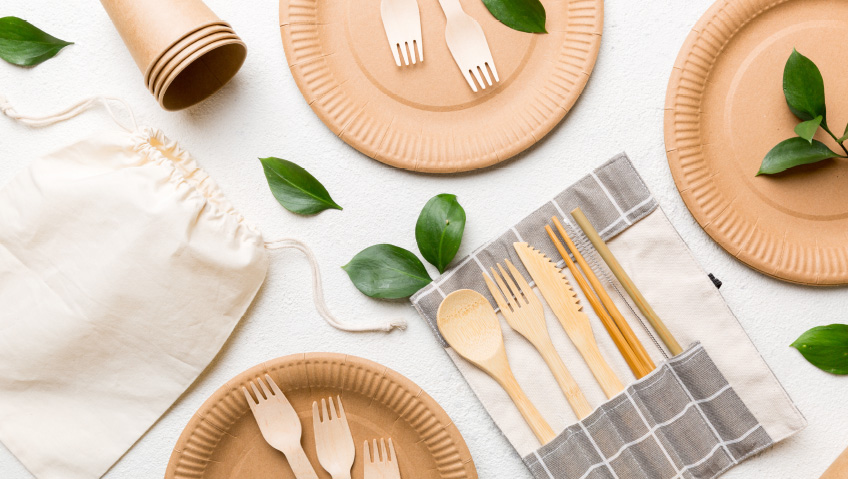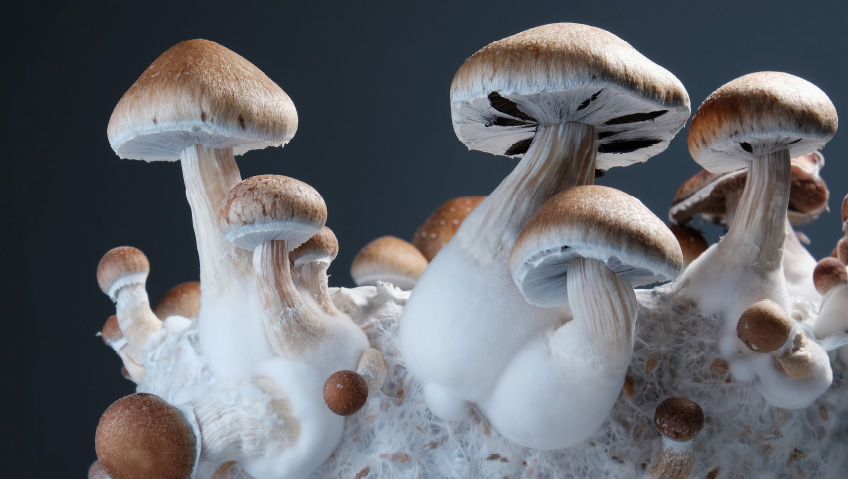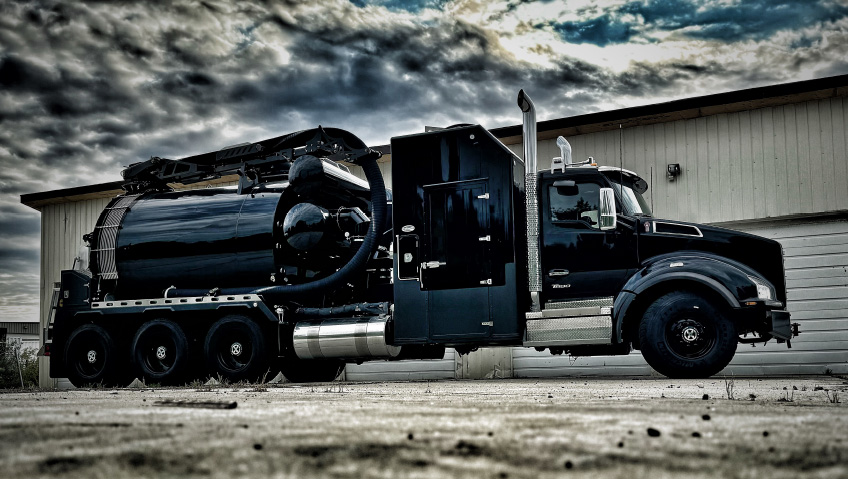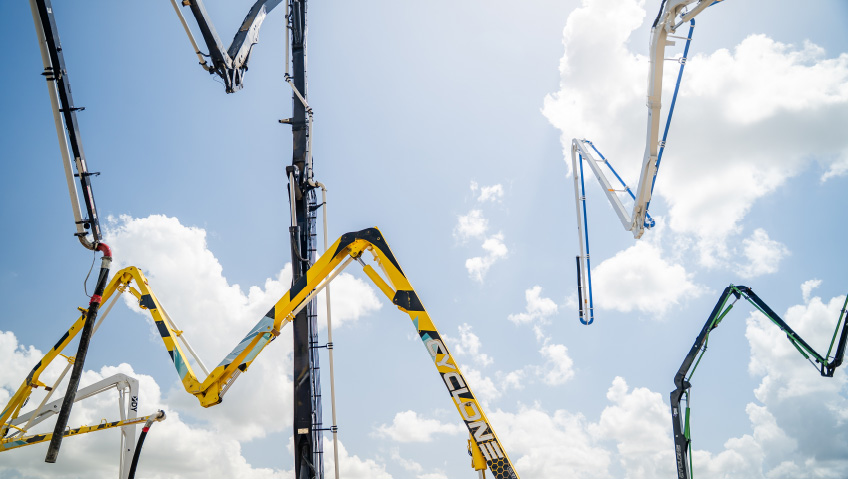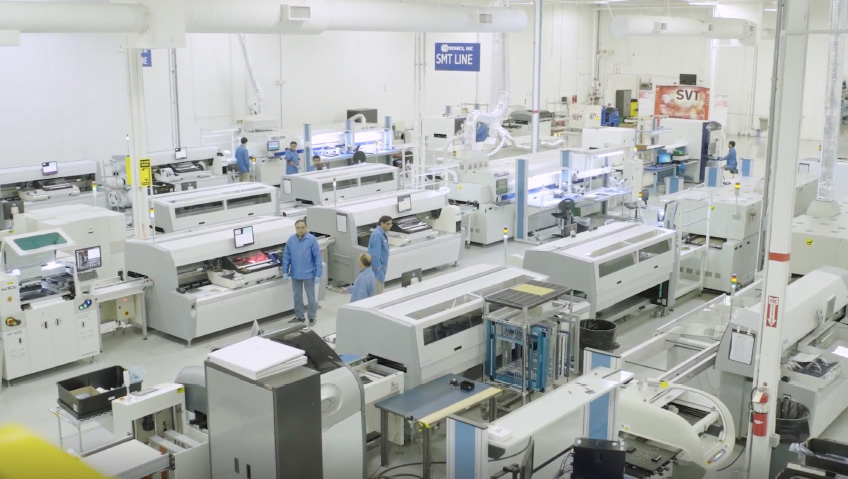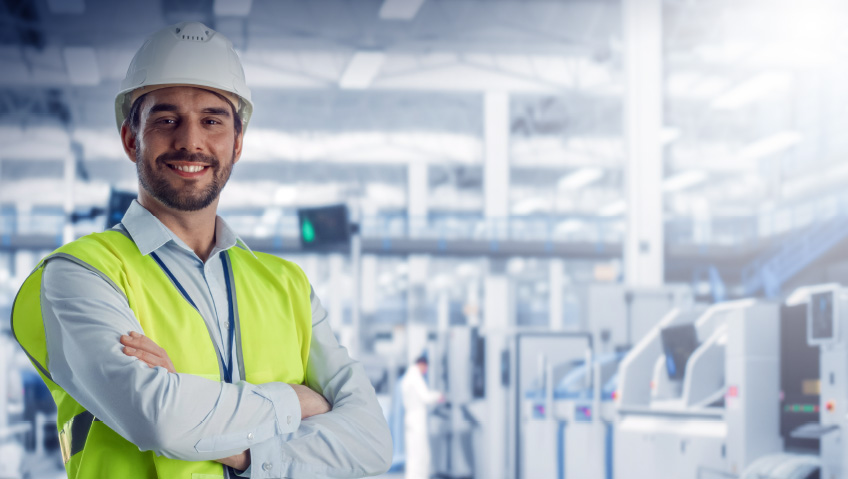Packaging has long been a silent partner in the consumer experience, safeguarding products and facilitating their journey from manufacturers to consumers. But in recent years, it has become increasingly visible as both a symbol of sustainability challenges and a beacon of innovation.
With plastic pollution becoming a global crisis and governments in Canada, the United States, and beyond implementing stricter environmental regulations, packaging is being redefined. Companies, consumers, and policymakers are all participating in a shift toward more sustainable materials and innovative designs, with a growing focus on reducing plastic waste while maintaining product protection, convenience, and safety.
Plastic pollution continues to be one of the most pressing environmental challenges worldwide. Every year, millions of tons of plastic end up in oceans and landfills, posing threats to marine ecosystems, wildlife, and even human health through microplastics entering the food chain.
In Canada, the urgency of this issue has prompted concrete action. In 2022, the Canadian government announced a plan to ban single-use plastics such as plastic checkout bags, straws, cutlery, and stir sticks by the end of 2025. This move is part of Canada’s broader strategy to transition toward a circular economy where materials are reused, recycled, or composted rather than discarded.
In the United States, initiatives such as the U.S. Plastics Pact, a collaboration of businesses, policymakers, and environmental groups, aim to create a national framework to reduce plastic pollution and increase recycling rates. Corporate leaders have also stepped up, with Amazon committing to eliminating nearly 15 billion plastic air pillows annually by switching to recycled paper fillers in North America. L’Oréal USA has pledged to achieve 100 percent sustainable packaging, aligning with broader sustainability goals and consumer expectations. Such measures reflect an increased recognition that packaging is no longer just functional; it is a critical environmental and social responsibility.
While reducing plastic waste is central to sustainability, the conversation about packaging also encompasses the importance of safe-use plastics. Not all plastics are inherently harmful, and in certain applications, such as food storage, medical supplies, and pharmaceuticals, they play a vital role in protecting health and safety. Innovations in safe-use plastics involve the development of non-toxic, BPA-free, phthalate-free, and food-grade polymers that perform effectively while minimizing chemical leaching. These plastics ensure that essential products remain protected without introducing harmful substances into the environment or consumer products.
Innovations in packaging materials are a big part of the sustainability conversation. Traditional plastics, derived from petroleum, have dominated packaging for decades due to their durability, lightweight nature, and low cost. However, the environmental consequences of these materials are prompting companies to explore alternatives that can match their performance while offering improved ecological outcomes.
Biodegradable and compostable packaging materials have emerged as promising solutions. Notpla, a UK-based company, has developed packaging made from seaweed and other natural polymers. This material is fully biodegradable, does not require freshwater or fertilizer to grow, and can replace single-use plastics in applications such as food containers and sachets. Similarly, algae-based plastics offer an environmentally friendly alternative, breaking down more quickly than conventional plastics while reducing the carbon footprint of production.
Plant-based proteins and agricultural waste are also being leveraged to create sustainable packaging. Xampla, another innovative company, produces biodegradable films and linings derived from proteins in peas, sunflower, and canola. These films are compatible with existing industrial processes, making them a viable alternative for manufacturers seeking to transition from petroleum-based plastics without significant changes to production infrastructure.
Additional innovations are broadening the possibilities for sustainable packaging. Mushroom mycelium packaging is naturally insulating and biodegradable, making it ideal for protecting fragile items during shipping. Companies like Ecovative and TIPA are developing materials from agricultural byproducts such as sugarcane bagasse, wheat straw, and rice husks. These materials replace rigid plastics and foams while integrating into municipal composting systems, effectively closing the loop on the packaging lifecycle. Researchers are also exploring edible packaging solutions, such as rice-paper wraps and seaweed-based films, which offer the ultimate zero-waste solution for certain applications.
Emerging nano-cellulose packaging, utilizing plant-based fibers to create films and coatings that are both biodegradable and remarkably strong, have the potential to replace multi-layered plastic wraps while also improving oxygen barrier properties for food preservation. Similarly, water-soluble packaging made from polyvinyl alcohol is gaining attention for single-use applications, particularly in detergents and cleaning products. Such innovations combine functionality, biodegradability, and safety in applications where conventional plastics were previously unavoidable.
One of the most significant trends is the shift toward recyclable mono-materials. Multi-layered packaging, such as flexible pouches and snack wrappers, has historically been difficult to recycle because it combines different polymers. By using mono-material designs, companies simplify recycling and reduce contamination in the recycling stream. In North America, food packaging is increasingly being engineered to meet both environmental goals and consumer convenience without compromising protection or shelf life. The move toward mono materials is often complemented by improvements in label adhesives and inks, ensuring that packaging remains fully recyclable while maintaining the visual and branding appeal that consumers expect.
Smart packaging is another area of rapid innovation. Incorporating technology into packaging creates opportunities for enhanced consumer engagement and safety. Temperature-sensitive labels, QR codes, and RFID tracking systems allow better monitoring of perishable goods, ensuring safety while providing transparency. Smart packaging can also communicate sustainability credentials, letting consumers understand the carbon footprint, recyclability, or biodegradable nature of a product. Some brands are experimenting with AR-enabled packaging, connecting users to immersive content that educates on recycling and environmental stewardship while also enhancing brand storytelling.
Despite these advances, significant challenges remain. Sustainable packaging often comes with higher costs, which can deter smaller companies or limit adoption in cost-sensitive markets. Not all biodegradable materials yet meet the durability and functionality standards of conventional plastics, which is critical for safely transporting food, medical supplies, or fragile goods. Infrastructure limitations in North America also complicate the widespread adoption of new materials. Many municipal recycling and composting systems are designed for traditional plastics, meaning that new innovations may not be processed efficiently. And contamination and mismanagement can reduce the effectiveness of otherwise sustainable solutions. Educating consumers about proper disposal methods is crucial to ensuring the environmental benefits of these new materials are fully realized.
Globally, countries like Germany, France, and the Netherlands have implemented advanced recycling and composting systems that serve as models for effective circular economies. North American companies are increasingly collaborating with international innovators, adopting materials such as seaweed-based films, plant-protein linings, mushroom mycelium, and nanocellulose to create packaging that is both functional and environmentally responsible. Multinational corporations such as Unilever and Amazon are setting ambitious sustainability targets, ensuring that packaging is reusable, recyclable, or compostable while maintaining global supply chain integrity.
Indeed, the future of packaging will require ongoing collaboration among manufacturers, regulators, consumers, and innovators. Regulatory frameworks like Canada’s single-use plastics ban and initiatives such as the U.S. Plastics Pact provide a strong foundation, but continued investment in research, infrastructure, and consumer education is essential. Safe-use plastics must continue to play a role in sectors where protection and hygiene are critical, even as alternative materials become more prevalent. Ensuring that packaging is both safe and sustainable is not a contradiction but a necessary balance to protect consumers while preserving the planet.
The packaging industry is at a transformative juncture. While traditional plastics still dominate, innovations in biodegradable, compostable, plant-based, and smart packaging, combined with responsible safe-use plastics, are shaping a more sustainable and consumer-conscious future. Overcoming challenges related to cost, infrastructure, and consumer behavior will require ongoing innovation, education, and collaboration. North America is making significant strides, and global trends indicate a continued push toward circular economies. By embracing new materials, smarter designs, and collaborative efforts, the industry has the potential to redefine what packaging means for businesses, consumers, and the environment alike.

